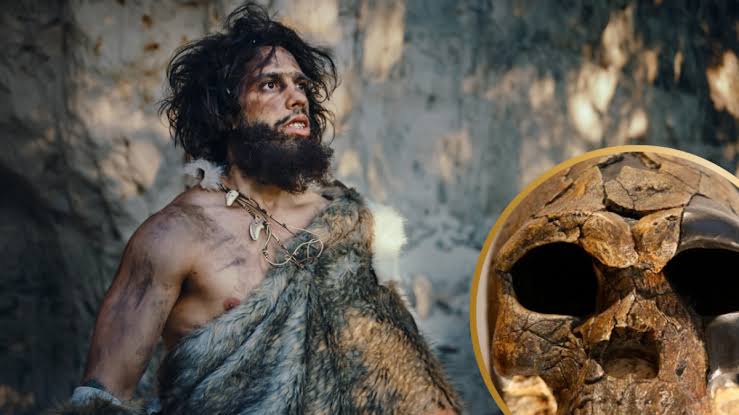Ancient Human Species, Homo juluensis, Unveiled: A Surprising New Chapter in Our Evolution
Imagine stepping into the past and discovering a species of humans with brains so large they could be the stuff of legend. Chinese archaeologists have just unearthed Homo juluensis, a remarkable new species that may have lived alongside Neanderthals and Homo sapiens, challenging everything we thought we knew about early human evolution.
The fossils, nearly 200,000 years old, were found in northern China and reveal a species with distinctive traits. Named after their most defining feature, “Ju Lu” meaning “huge head” in Chinese, Homo juluensis had larger skulls and bigger teeth than modern humans. These characteristics suggest they were well-adapted to their environment, possibly using their impressive physical traits to thrive in harsh conditions. Scientists believe they existed between 200,000 and 160,000 years ago, offering a glimpse into a world where multiple human species roamed together.
In what feels like an extraordinary twist in human history, Homo juluensis shows us that bigger brains don’t always mean more intelligence. Christopher Bae, an anthropology professor at the University of Hawaii, described this species as robust, but clarified that their larger brains didn’t necessarily indicate superior cognitive abilities. Instead, their physical adaptations—like their large teeth—suggest they were skilled hunters, capable of using group strategies to hunt wild horses. Their strong jaws and teeth likely helped them consume every part of the animal, from bones to cartilage, and even craft tools and clothing from the remains.
While their size and skill made them formidable survivors, Homo juluensis disappeared around 120,000 years ago, just as modern humans began migrating out of Africa. Some archaeologists speculate that the harsh winters, and possibly snowstorms, of northern China might have driven this species to extinction.
This discovery is more than just a fossil find—it’s a glimpse into a world where humans weren’t all the same. Homo juluensis adds yet another layer to the complex puzzle of human evolution, making us question how many more secrets the past might still hold.


